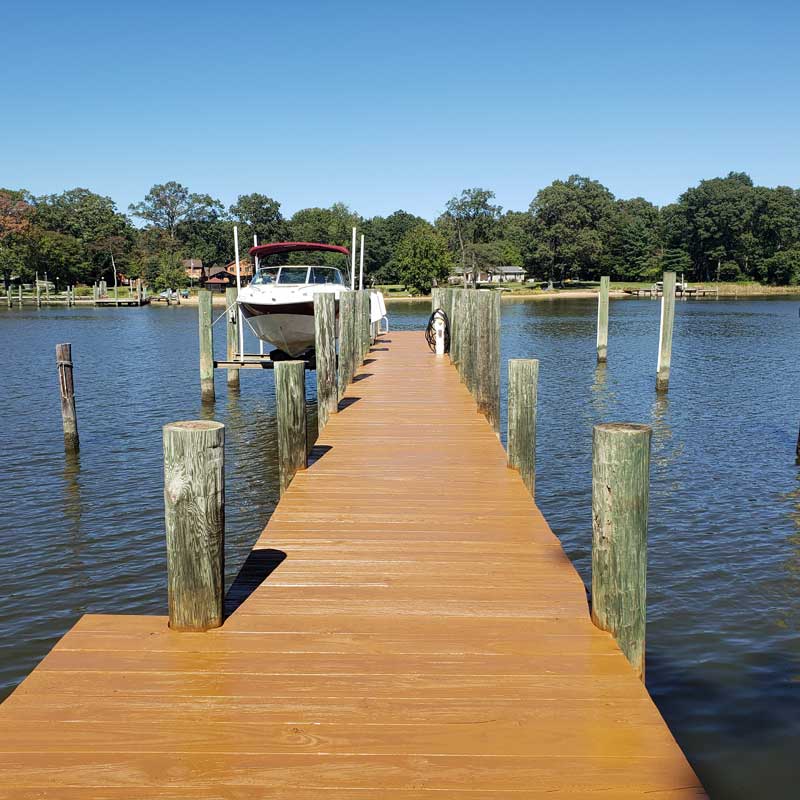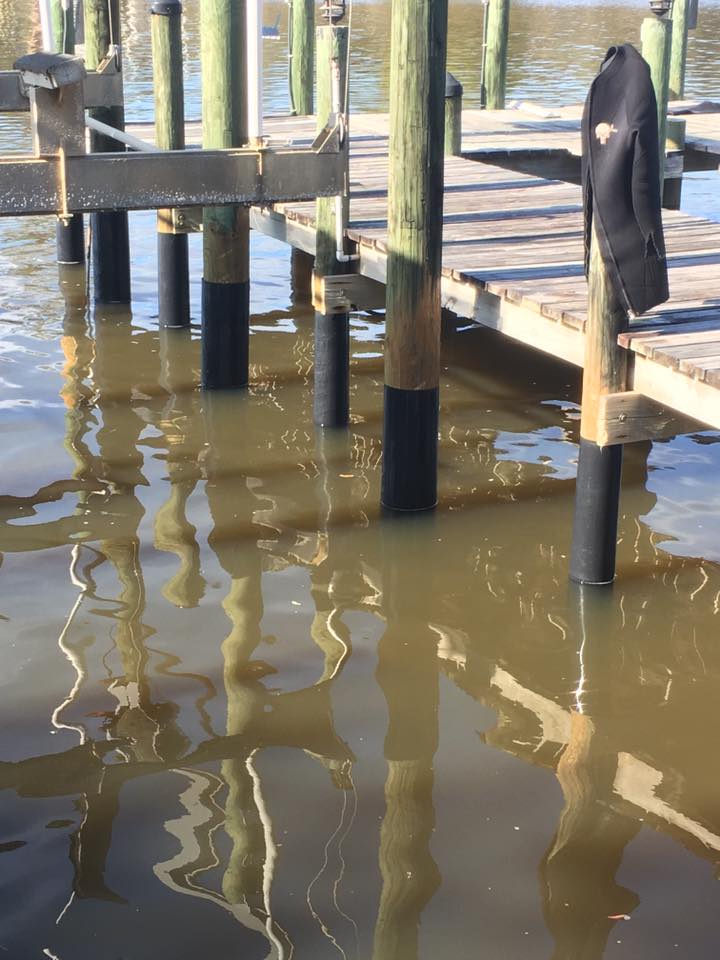DIY Tips for Simple Dock Repairs You Can Take Care Of
DIY Tips for Simple Dock Repairs You Can Take Care Of
Blog Article
Reliable Dock Repair Techniques: Guaranteeing Architectural Integrity
Making sure the architectural integrity of docks via reliable repair strategies is paramount for the long life and safety and security of aquatic facilities. This involves a multi-faceted approach beginning with thorough evaluations using advanced modern technologies like finder devices and remotely ran automobiles (ROVs) to discover both visible and hid problems. Consequently, selecting the right fixing products, such as corrosion-resistant alloys and composite materials, is crucial for durability. Architectural support methods, consisting of the application of cross-bracing systems and load-distribution plates, play an important role in mitigating stress factors. The relevance of these methods becomes noticeable when discovering sophisticated repair service techniques and preventative upkeep techniques.
Evaluating Dock Damage
Assessing dock damages is an essential primary step in ensuring the architectural integrity and safety and security of any docking center. This initial analysis includes a comprehensive assessment to identify both noticeable and concealed damages. Trick elements to check out include the dock's structure, pilings, decking, and equipment. Each component needs to be looked at for signs of wear, rot, rust, or various other kinds of degradation that might endanger the structural honesty.
Structural designers or certified examiners normally do these evaluations making use of specialized tools and strategies. As an example, undersea examinations could employ sonar devices or remotely operated lorries (ROVs) to identify immersed damage. Over water, visual inspections are enhanced by utilizing moisture meters and various other analysis tools to reveal underlying problems not right away visible to the nude eye.

Choosing Fixing Materials
Choosing the proper repair materials is a pivotal action in the dock reconstruction procedure, one that straight influences the longevity and performance of the fixed framework. Product choice should be driven by elements such as environmental problems, load-bearing needs, and compatibility with existing dock parts.
Along with wood, composite products are significantly preferred because of their longevity and reduced maintenance demands. Compounds, usually made from a blend of plastic and timber fibers, provide excellent resistance to rot, bugs, and UV damage. For steel docks, picking corrosion-resistant alloys such as galvanized steel or marine-grade aluminum is necessary to stop corrosion and make sure architectural stability in saline water problems.
Epoxy materials and marine-grade sealers are important for fixing cracks and sealing joints, supplying a waterproof barrier and improving the dock's total strength. By thoroughly picking high-quality materials, dock fixings can achieve lasting outcomes, therefore safeguarding against future deterioration and making certain safe, reputable usage.
Architectural Support Techniques
Effective architectural reinforcement techniques are critical in making certain the stability and long life of dock repair work. This approach is especially effective for anchors subjected to hefty tons or extreme ecological conditions.
An additional important method is the application of fiber-reinforced polymers (FRP) These products use high strength-to-weight proportions and exceptional resistance to corrosion, making them optimal for strengthening concrete or wood anchors. FRP can be used in strips or sheets and bound with epoxy materials to boost structural stability.
Supporting and securing systems also play a critical role in structural support. Cross-bracing, utilizing steel or wooden beam of lights, can neutralize side pressures, reducing swaying and motion. Securing systems, such as helical piers or driven piles, provide a steady structure by moving tons to much deeper, extra steady soil layers.
Lastly, the combination of load-distribution plates can assist distribute weight more uniformly throughout the dock's surface area, mitigating local anxiety points. These techniques collectively ensure that docks continue to be durable and risk-free, capable of holding up against the rigors of their functional atmosphere.
Advanced Repair Service Methods

Another innovative strategy entails undersea welding, which permits fixings to be performed without the demand to dewater the location. This approach is specifically useful for addressing architectural concerns in immersed dock parts, making certain marginal disturbance to procedures. Improved welding methods, combined with robotic systems, provide accuracy and integrity, therefore extending the lifespan of the dock.
In addition, cathodic protection systems are executed to stop rust in metallic dock frameworks. By utilizing sacrificial anodes or impressed current systems, these techniques efficiently reduce the electrochemical procedures that bring about product degeneration.
Lastly, progressed surveillance innovations, such as structural health surveillance (SHM) systems, offer real-time data on the problem of dock structures. These systems enable aggressive maintenance and prompt interventions, ultimately making certain the long-lasting structural stability of the dock.
Maintenance and Avoidance
Upkeep and prevention are fundamental concepts that underpin the long life and security go now of dock structures. Routine evaluations are paramount, permitting for very early detection of wear and tear, possible weaknesses, and ecological effects. A proactive strategy, entailing routine checks for deterioration, rot, and structural shifts, minimizes expensive repairs and extends the dock's operational life.
Precautionary steps should consist of using protective coatings to steel components to secure against corrosion and using cured wood to stand up to decay. Furthermore, ensuring appropriate drainage and ventilation can avoid water build-up, which is a common source of architectural degradation. Including high quality products and adhering to maker standards during building and construction and repair work phases additionally play essential functions in boosting toughness.

Training workers in dock maintenance finest methods ensures constant application of safety nets. Leveraging technological developments, such as drones for examinations and sensing units for real-time tracking, can even more enhance maintenance efforts. By prioritizing upkeep and prevention, dock owners can make certain structural integrity, functional security, and cost-effective monitoring over the dock's life expectancy.
Conclusion
In verdict, maintaining the structural stability of marine centers demands detailed dock repair strategies. Advanced repair work strategies, combined with routine upkeep practices, make sure the dock remains operational and risk-free under diverse ecological conditions.
Making certain the structural stability of anchors via effective repair work methods is extremely important for the longevity and security of marine centers.Picking the ideal repair work materials is an essential action in the dock reconstruction process, one that straight affects the longevity and performance of the repaired structure.Reliable architectural reinforcement methods are important in ensuring the stability and longevity of dock repair work. By focusing on upkeep and avoidance, dock proprietors more information can guarantee structural stability, functional safety and security, and cost-efficient management over the dock's lifespan.
In conclusion, keeping the architectural integrity of marine facilities requires detailed dock Homepage fixing strategies.
Report this page